Refine listing
Actions for selected content:
2251 results in Cambridge Elements
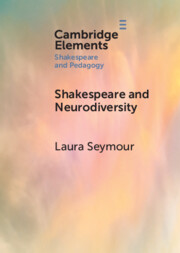
Shakespeare and Neurodiversity
-
- Published online:
- 10 January 2025
- Print publication:
- 06 February 2025
-
- Element
-
- You have access
- HTML
- Export citation
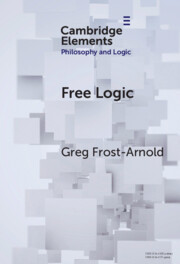
Free Logic
- A Generalization
-
- Published online:
- 09 January 2025
- Print publication:
- 30 January 2025
-
- Element
- Export citation
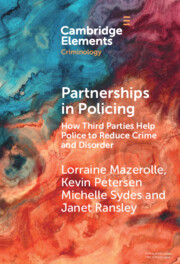
Partnerships in Policing
- How Third Parties Help Police to Reduce Crime and Disorder
-
- Published online:
- 09 January 2025
- Print publication:
- 30 January 2025
-
- Element
-
- You have access
- Open access
- HTML
- Export citation
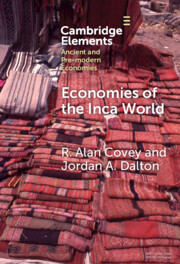
Economies of the Inca World
-
- Published online:
- 09 January 2025
- Print publication:
- 30 January 2025
-
- Element
- Export citation
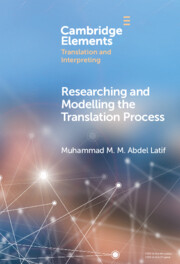
Researching and Modelling the Translation Process
-
- Published online:
- 09 January 2025
- Print publication:
- 30 January 2025
-
- Element
- Export citation
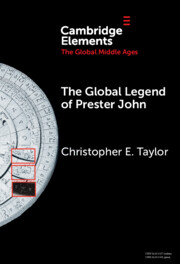
The Global Legend of Prester John
-
- Published online:
- 09 January 2025
- Print publication:
- 30 January 2025
-
- Element
- Export citation
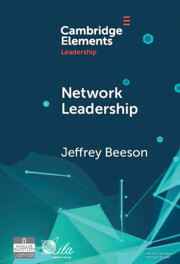
Network Leadership
- Promoting a Healthier World through the Power of Networks
-
- Published online:
- 09 January 2025
- Print publication:
- 16 January 2025
-
- Element
- Export citation
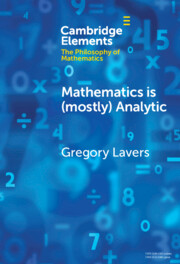
Mathematics is (mostly) Analytic
-
- Published online:
- 09 January 2025
- Print publication:
- 30 January 2025
-
- Element
- Export citation
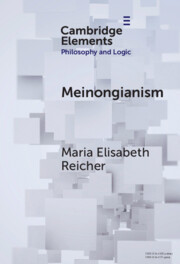
Meinongianism
-
- Published online:
- 09 January 2025
- Print publication:
- 16 January 2025
-
- Element
- Export citation
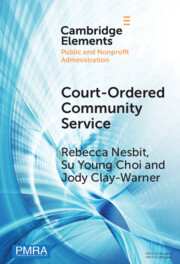
Court-Ordered Community Service
- The Experiences of Community Organizations and Community Service Workers
-
- Published online:
- 09 January 2025
- Print publication:
- 30 January 2025
-
- Element
-
- You have access
- Open access
- HTML
- Export citation
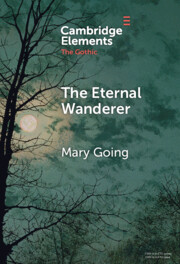
The Eternal Wanderer
- Christian Negotiations in the Gothic Mode
-
- Published online:
- 09 January 2025
- Print publication:
- 30 January 2025
-
- Element
- Export citation
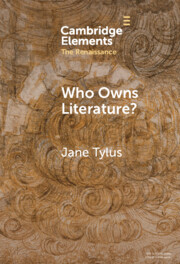
Who Owns Literature?
- Early Modernity's Orphaned Texts
-
- Published online:
- 09 January 2025
- Print publication:
- 30 January 2025
-
- Element
- Export citation
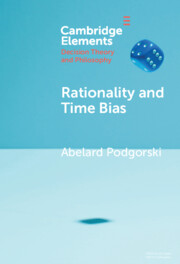
Rationality and Time Bias
-
- Published online:
- 09 January 2025
- Print publication:
- 16 January 2025
-
- Element
- Export citation
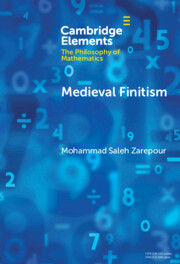
Medieval Finitism
-
- Published online:
- 09 January 2025
- Print publication:
- 30 January 2025
-
- Element
- Export citation
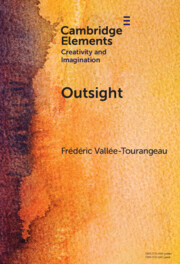
Outsight
- Restoring the Role of Objects in Creative Problem Solving
-
- Published online:
- 09 January 2025
- Print publication:
- 30 January 2025
-
- Element
-
- You have access
- Open access
- HTML
- Export citation
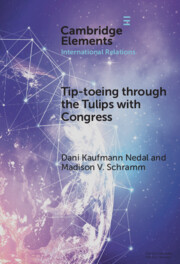
Tip-toeing through the Tulips with Congress
- How Congressional Attention Constrains Covert Action
-
- Published online:
- 09 January 2025
- Print publication:
- 30 January 2025
-
- Element
- Export citation
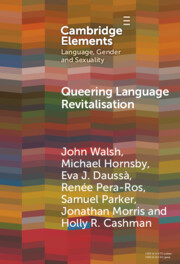
Queering Language Revitalisation
- Navigating Identity and Inclusion among Queer Speakers of Minority Languages
-
- Published online:
- 08 January 2025
- Print publication:
- 30 January 2025
-
- Element
- Export citation
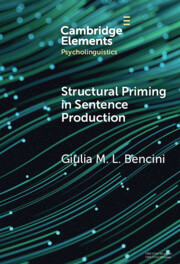
Structural Priming in Sentence Production
-
- Published online:
- 07 January 2025
- Print publication:
- 16 January 2025
-
- Element
- Export citation
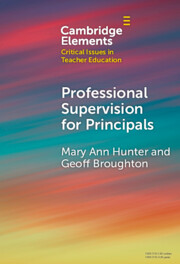
Professional Supervision for Principals
- A Primer for Emerging Practice
-
- Published online:
- 07 January 2025
- Print publication:
- 20 March 2025
-
- Element
- Export citation
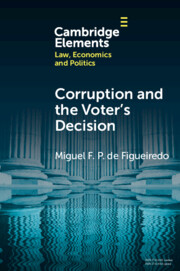
Corruption and the Voter's Decision
- Experimental Evidence from Brazil
-
- Published online:
- 07 January 2025
- Print publication:
- 03 April 2025
-
- Element
- Export citation
